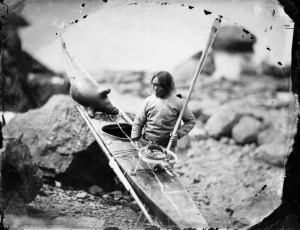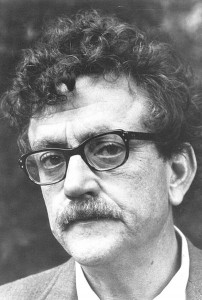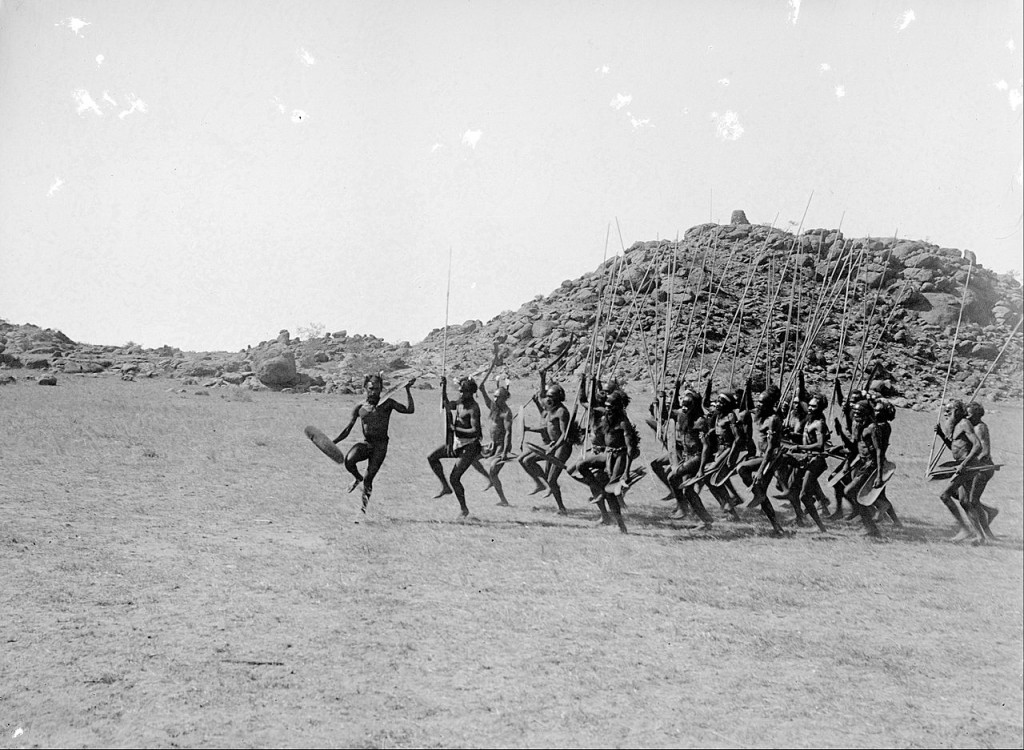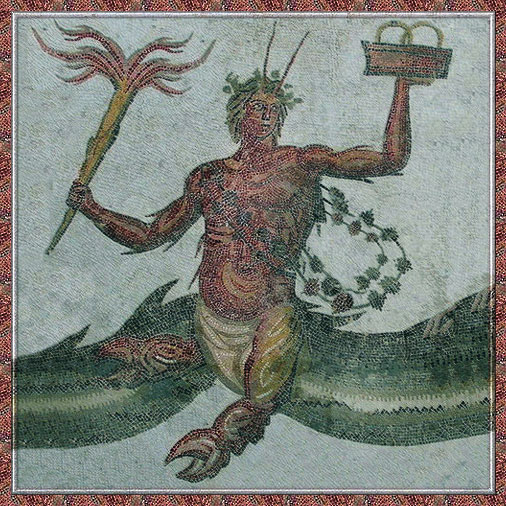Note: this post (with the previous one) is intended to illustrate how BIG our solar system is by reviewing all the named bodies beyond Neptune. When Pluto was reclassified as ‘not-a-planet’ then people interpreted it to mean the important stuff ends at Neptune. Sadly, most people don’t know about all the worlds our own solar system has out there. I apologize for this post’s length, but that’s actually the point. There’s a LOT beyond Neptune! I hope you will at least skim. I tried to make it fun.
Hurrah! It’s the time of year we have all been waiting for. Roll out the red carpet, not for the stars, but for the Kuiper Belt Objects (KBOs). It’s THE 2015 KUIPER AWARDS!
You’ve heard of the Grammys and the Emmys, but these are the Kuipers. Sadly, none of the Underworld-themed KBOs were nominated this year, mainly because we already looked at them in the previous blog post (here).
So without further ado, here are the Kuipers!
The Strangest Way to Choose Leaders Award
Which Kuiper Belt Object is associated with the strangest way to pick a culture’s leaders? (Envelope, please)
And the winner is…Makemake!
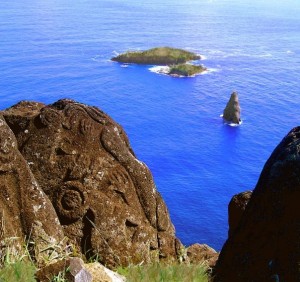
Motu Nui, the island a mile off the coast of Easter Island where champions had to swim to retrieve the first seasonal tern egg. Foreground: birdman petroglyphs at the top of the steep sea cliff. Credit: Alejandra Edwards License: CC BY-SA 3.0
Makemake (pronounced Mah-kay-mah-kay) was a god of the Rapa Nui culture that lived on Easter Island in the south Pacific. Around the 1600’s, the island was deforested by over-use and wars erupted over the dwindling resources. The islanders found a way to stop this warfare by picking one ruler over the island each year. It’s called the birdman cult and was a strange contest dedicated to Makemake. It continued until 1867. In the springtime (September in the southern hemisphere) the candidates would select their champions. The champions had to swim a mile through sharks to a tiny island, and those who made it would wait until the population of terns laid their first eggs. Whoever got the first egg would swim back with it, climb a dangerous sea cliff, and give the egg to his candidate who became the island’s new leader. That’s right. On Easter island they had an Easter egg hunt to pick their government. It’s sort of like our modern system.
Makemake is a large, planet-sized Kuiper Belt Object (KBO). Maybe one day, people will gather on Makemake for an annual egg hunt. A robotic “tern” will fly to another body whose has orbit brought it near to Makemake, and the tern will hide eggs there. The champions, dressed as the Rapa Nui, will race over in their spacecraft, and the one who locates and returns an egg first gets to lead Makemake’s scientific outpost for the next year. (Note to future generations: you really should do this.)
The Least Like a Comet Award
Neil deGrasse Tyson famously said that the KBOs are comets and so is Pluto. I don’t believe Pluto is like a comet (as explained here), but there’s another KBO that is even less like a comet than Pluto. Which one is it?
(Envelope, please.)…The winner is Haumea!
Haumea received her name from the Hawaiian goddess of fertility and procreation. Like Pluto, she was a large and differentiated body, meaning that the heavier materials had sunk to her core while the lighter materials like ice stayed on the surface. Apparently Haumea underwent a tragic collision with another KBO earlier in her life, which blew off the thick layer of ice. This made Haumea what she is today, a heavy body with hardly any ice, and therefore very much unlike a comet.
Best Supporting Actor Award
The Best Supporting Actor Award goes to the member of a binary KBO (that is, two KBO’s that orbit each other) that is the smaller body of that pair. Which KBO has best supported its dominant partner? (Envelope, please.)
The winner is Nunam!
You’ve probably never heard of the KBO Nunum, mainly because it is so closely associated with its dominant partner Sila that their names are spoken together as the hyphenated Sila-Nunam. In the minor planet data base they share their number together as “79360 Sila-Nunam”. That’s unusual. Most binaries are named for their primary member while the secondary is listed as a moon. Sila and Nunam were given Inuit names. The Minor Planet Center says, “Sila is the Inuit god of the sky, weather, and life force. Nunam is the Earth goddess, Sila’s wife. Nunam created the land animals and, in some traditions, the Inuit people (in other traditions Sila created the first people out of wet sand). Sila breathed life into the Inuit.”
The Least Personable Award
The Least Personable Award goes to the KBO that best demonstrates the characteristic of not having any personality. And while it might surprise you, many of these chunks of rock and ice out there are quite personable. For example, Neil deGrasse Tyson tells us that Pluto is happy since it was called a dwarf planet. But actually Pluto wants to be classified as planet, again, so it’s not happy, but it is still very personable. So which KBO is not personable? (Envelope, please.)
The Least Personable Award goes to…Chaos!
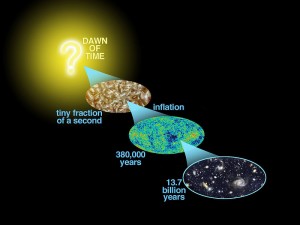
Quark-gluon plasma is thought to have filled the universe in the first moments after the Big Bang. Credit: NASA/WMAP Science Team
Chaos is known for being unpersonable because it has no personality at all. It was a formless primordial entity in Greek mythology from which everything else came into existence. Imagine something like Quark Gluon Plasma. Not a great dinner guest: penultimately disheveled, lacking in wit, yet strangely popular among cosmologists. Well, to each his own.
Chaos is probably a dwarf planet, and we will know for sure when we get a better measurement of its size.
Best Scientific Reinterpretation Award
The Best Scientific Reinterpretation Award goes to the KBO who tempts us to reinterpret its story with cool science. (Envelope, please.)
The winner is Deucalion!
Deucalion is probably too small to be a dwarf planet, but that didn’t hold him back. He was named after a flood hero from Greek mythology. As retold by the Roman poet Ovid in Metamorphoses, no life survived the flood apart from the couple Deucalion and Pyrrha. They went to the temple of Themis, who told them, “… throw behind you the bones of your great mother!” Dismayed, they finally guessed that “great mother” might mean the Earth and her “bones” might be rocks. Giving it a try they threw rocks over their shoulders, and when they fell upon the Earth they transformed amazingly into living people.
Wow. I am SO tempted to reinterpret their story with cool science. I can’t resist. A long time ago, Deucalion and the other bodies of the Kuiper Belt bodies threw rocks over their shoulders. Those rocks are what we call comets, and when some of them fell onto the barren, lifeless Earth they brought the water and complex organic molecules that eventually became living people. There. I did it.
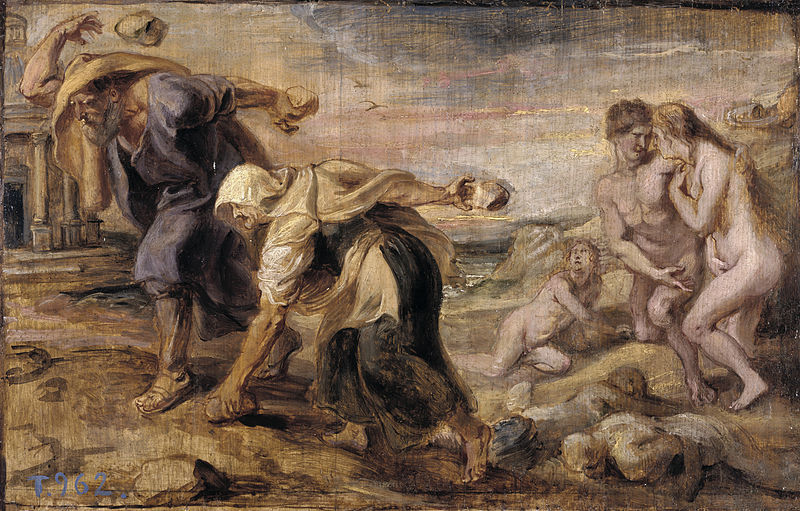
“Deucalion and Pyrrha”, Painting by Peter Paul Rubens in 1636. Via Wikimedia Commons.
The Minor Planet Center didn’t tell us who suggested the name Deucalion, and I don’t know whether this scientific spin-doctoring was in their minds when they suggested it, but it does kind of work, doesn’t it?
The Most Under-Represented People Award
The Most Underrepresented People Award goes to the KBO that all by itself represents the most people of the Earth. (Envelope, please.)
The award goes to Varuna!
For now, Varuna represents all the people of sub-arctic Asia since there is no other KBO named for any such Asian culture. China and India alone contain over 1/3 of the people of Earth, so the paucity of Asian-named KBOs is shocking. The Minor Planet Center says, “Varuna is one of the oldest of the vedic deities, the maker and upholder of heaven and earth. As such he is king of gods and men and the universe, and he has unlimited knowledge.”
Varuna is probably large enough to be a dwarf planet.
The Cross-Cultural Award
The Cross-Cultural Award goes to the KBO whose namesake was part of very diverse cultures. (Envelope, please.)
Oh, we have a tie! The winners are a binary pair, Logos and Zoe!
Logos and Zoe were named for concepts in Gnosticism, a loose set of religious and philosophical beliefs that spread through both the Persian and Roman Empires (both East and West) during the 2nd through 4th centuries. According to the Minor Planet Center, “Logos and Zoe are a pair in a rich pantheon of paired emanations of the deity in the gnostic traditions and are part of the creation myth in this tradition.”
They are too small to be dwarf planets, so they are a binary pair of small solar system bodies.
The Most Fictional Award
The Most Fictional Award goes to the KBO whose namesake is more fictional than all the rest. Now how can one mythological figure be more fictional than all the rest? Let’s see. (Envelope, please.)
The winner of the Most Fictional Award goes to the binary pair, Borasisi and Pabu!
This binary pair of small solar system bodies was named for characters of a mythology found in Kurt Vonnegut’s novel Cat’s Cradle. The novel tells of Bokonon, a man on an island who invents this mythology and clearly tells everybody that it is false but that they should follow it, anyway, for practical benefits. “All of the true things I am about to tell you are shameless lies,” he says. The people end up following him. He tells them that Borasisi and Pabu are the sun god and moon god, respectively.
Now let’s remember that Bokonon and his fellow islanders were themselves just made-up characters in a novel. This is striking. It’s not just that nobody ever believed in Bokonon and Pabu, but that nobody ever believed in the people that never believed in them, either.
It is fiction-squared!
The Most Difficult for Outsiders to Pronounce Award
(Envelope, please.) And the winner is…Teharonhiawako and Sawiskera!
Teharonhiawako and its large satellite Sawisker were named from the Haudenosaunee (Native American Iroquois) story of the twin brothers, one good and one evil, born of the Sky Woman. The good brother Teharonhiawako helped form both sky and earth from his mother’s body after the evil Sawiskera caused her death. They are small solar system bodies.

A group of Iroquois people photographed in 1914. Source: Wikimedia Commons
The Most Original Award
(Envelope, please.) The winner of the Most Original award is…Aboriginal. It is Altjira!
Altjira was the primary deity of the Arrernte, an Aboriginal Australian people. Altjira created the world during the Dream-time (a dimension outside of time), but when the other gods went back to sleep, Altjira ascended into the sky.
Altjira is a small body and is part of a binary KBO, but the smaller member of the pair has not been named.
Best Childhood Memories Award
This award goes to the KBO that evokes the most special childhood memories. Now this is entirely unfair, because I’m going by my own childhood memories and not yours. But while the Kuiper Awards are fun, nobody ever said they would be fair. (Envelope, please.)
The winner of the Best Childhood Memories Award goes to…Quaoar!
Yes, Quaoar, even though it was discovered when I was an adult, brings back great childhood memories. Quaoar was named after a deity of the Tongva people of Southern California. The Minor Planet Center wrote:
Quaoar is the great force of creation in the diverse myths of the Tongva, the indigenous people of the Los Angeles basin. Quaoar has no form or gender and dances and sings Weywot, Sky Father, into existence. Together, they create Chehooit, Earth Mother, and the trio bring Tamit, Grandfather Sun, to life.
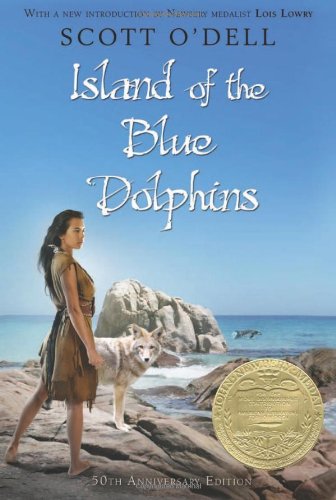
If you or your children haven’t read ‘Island of the Blue Dolphins’ yet, click this link and order a copy. You’re welcome.
One of my favorite books of childhood, Island of the Blue Dolphins by Scott O’Dell, tells the true story of a young Tongva woman stranded on an island alone for 18 years. Her resourcefulness and closeness to nature inspired me all my life to be like her. She was the last surviving member of the Nicoleño tribe, and after rescue to the mainland not a soul in the world could understood her speech, and she couldn’t understand a soul in the world. Yet she continues to inspire many people. Quaoar is now an island in space. If you were stranded there in a broken spaceship, would you have the resourcefulness and understanding of nature to survive?
If you loved Island of the Blue Dolphins, then maybe Quaoar will be one of your favorite KBO’s, too.
Most Related to Neptune Award
This year, the Most Related to Neptune Award goes to…(envelope, please)…Salacia!
Salacia is not actually a Kuiper Belt object but rather a Scattered Disc Object, bodies that were probably part of the Kuiper Belt at one time until scattered by Neptune’s gravity into more eccentric orbits. Salacia was named for the goddess of salt water who married Neptune, so she wins this award. And I do hope Salacia actually wanted Neptune to scatter her out of the Kuiper Belt. Salacia is probably a dwarf planet and her moon Actaea was named for a sea nymph.
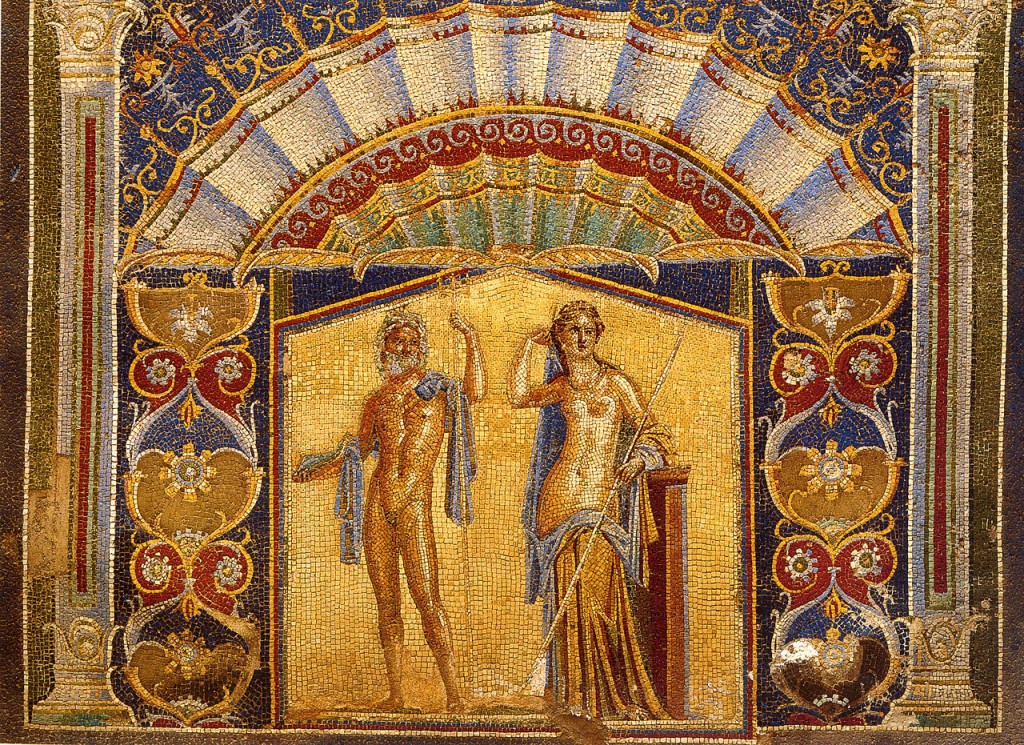
Ancient Roman mosaic of Neptune and Salacia discovered in a house in Pompeii, which was buried in volcanic ash in 79 AD. Photo credit: Wolfgang Rieger
Least Related to Neptune Award
Of all the bodies we know so far, which one is least related to Neptune? (Envelope, please.)
And the winner is…Sedna!
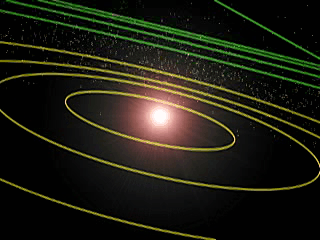
Animation that illustrates how far Sedna is from the sun. The animation begins at the inner solar system then zooms out. Credit: NASA/JPL-Caltech/R. Hurt (SSC-Caltech) via Wikimedia Commons
Now Sedna isn’t a member of the Kuiper Belt, either. Sedna spends so much time at great distances from the sun that her orbit is hardly affected by Neptune’s gravity at all. Thus, she is classified as a detached object. She might even be part of the inner Oort Cloud. Shunning Neptune as she does, she wins the award.
Because it is so cold that far from the sun, leader of the discovery team, Mike Brown, wrote on his website, “We feel it is appropriate to name it in honor of Sedna, the Inuit goddess of the sea, who is thought to live at the bottom of the frigid Arctic Ocean.” He suggested this could establish a new Arctic naming theme for similar bodies.
Most Like a Spiky Fish-Man with Crab Claws Award
The Most Like a Spiky Fish-Man with Crab Claws Award this year goes to…(envelope, please)…Phorcys!
Phorcys was a spiky fish-man with crab claws. He had red skin, human hands, and a long, fat tail, plus two appendages with crab claws poking from his abdomen like an alien baby busting free. He had hair like Isaac Newton, horns like the Vice Chancellor of Star Wars, and skin that was covered with spikes. He was married, so all I have to say is that his spouse really knew how to pick ‘em. He ruled over dangers that lurk in the deep.
Phorcys is not really a KBO, but rather a scattered disc object that crosses the orbits of Neptune and Uranus then swings far beyond the outer edge of the Kuiper Belt.
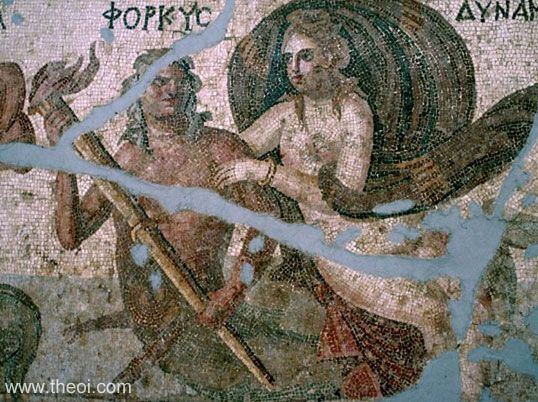
Another view of our handsome fellow with the alien-baby crab claws protruding from his gut. Source: Theo Greek Mythology.
Most Longsuffering Spouse Award
The Most Longsuffering Spouse Award goes to…(envelope, please)…Ceto!
Ceto is a longsuffering spouse because she is married to a spiky fish-man with crab claws. Yes, her husband is Phorcys. Ceto really knew how to pick ‘em. She was one of the sea goddesses of Greek mythology. She and her spiky husband (shown together in the picture, above) are best known for their fantastical children: nymphs of the sunset, snake-haired Medusa who could turn you to stone by looking you in the eye, three girls who took turns sharing one eye and one tooth between them, the fish-woman on your Starbucks cup, a snake-woman, a dragon-boy, and the mom of a cyclops. Imagine poor Ceto driving those kids to soccer practice and piano lessons. “Medusa, stop looking at your brother! Enyo, give your sister that eye back, right now! She needs it to do her homework!”
Ceto and Phorcys are binary KBOs, with Ceto being the larger of the two. They are small solar system bodies. I think it’s interesting that Ceto is related to the word cetus for sea monsters, from which we get the word cetaceans for whales, dolphins and porpoises. Orcus, one of the plutinos, is related to the word orca, so we have two KBOs related to whales.
Astronomer’s Choice Award
This year’s Astronomer’s Choice award goes to the KBO whose namesake did the most for the advancement of astronomy. (Envelope, please.)
The winner is Varda!
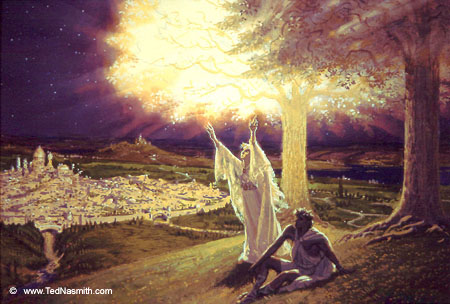
Varda and Manwë in Valinor. In the legendarium of J.R.R. Tolkien, Varda made the stars and put the sun and moon in the sky. Image copyright by Ted Nasmith. Used by permission.
Varda is from J.R.R. Tolkien’s mythology where she is the queen of the Valar (the angelic powers) that rule over the world. She did a huge service for astronomy because she created the stars, and astronomy would have be the most ridiculed profession in the world if there was nothing for astronomers to look at. Imagine all the astronomers staring through giant telescopes at nothing and publishing papers about it. Tolkien mentioned some of the constellations Varda created including “the Sickle of the Valar.” He gave us enough clues to realize it is the Big Dipper. Another constellation she made is “the Swordsman of the Sky.” Any guesses what real-world constellation that could be?
Varda’s handmaiden was Ilmarë, the leader of the Maiar, and they were the second-tier of angelic powers ruling the world. They included wizards like Gandalf.
Varda and Ilmarë are a binary pair of KBO’s and possibly both large enough to be dwarf-planets. Like Pluto and Charon they may be a double dwarf planet! I loved Tolkien’s writings and I love double planets, so I think Varda and Ilmarë are super cool. Did you know we’ve got this stuff in our solar system?
The Most Like Manwë Award
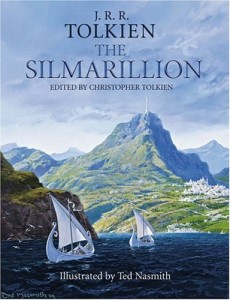
Book cover of The Simarillion, illustrated by Ted Nasmith. Available at this link.
The Most Like Manwë award goes to the KBO that most reminds us of J.R.R. Tolkien’s character Manwë. (Envelope, please.)
And the winner is… Manwë!
Manwë was the chief of the Valar and he was married to Varda. You might think it’s unfair to have an award that Manwë wins every year. But the Kuipers are like the awards at my kids’ soccer clubs. Everybody gets a trophy just for showing up, and if I can’t think of an award for Manwë then I have to invent one.
Since Manwë ruled the Valar, he was basically the Jupiter or the Zeus of Tolkien’s mythology. Sadly, however, the KBO named Manwë is not very much like the planet named Jupiter. It is too small even to be a dwarf planet, so it is probably bumpy and irregular, not round like Pluto. Nevertheless, as a Tolkien fan I’m happy to see his mythology represented in the Kuiper Belt.
The Most Tolkienish Award
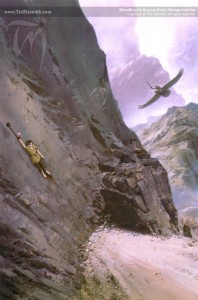
‘Maedhros’s Rescue from Thangorodrim’. Copyright Ted Nasmith. Used by permission.
The Most Tokienish Award goes to the KBO that best represents the writings of J.R.R. Tolkien. (Envelope, please.)
The winner is Thorondir!
Thorondir is part of a binary pair of KBOs. The larger member of that pair is actually Manwë, this year’s winner of The Most Like Manwë Award. Thorondir beat out the other KBOs as the Most Tolkienish because it is a giant talking eagle, and what is more Tolkienish than a giant talking eagle? At critical moments in Tolkien’s stories, when all hope was lost, the heroes would cry, “The eagles are coming! The eagles are coming!” The eagles only came when all hope was lost because they served the Valar, and the Valar were aloof and wanted the people in Middle Earth to work things out for themselves and thereby make better novels. And the Valar never actually promised to save the people of Middle Earth, so it was never a sure thing that they would send the Eagles, anyhow. But as Samwise Gamgee once said in the Lord of the Rings:
It’s like in the great stories Mr. Frodo, the ones that really mattered. Full of darkness and danger they were, and sometimes you didn’t want to know the end because how could the end be happy? How could the world go back to the way it was when so much bad had happened? But in the end it’s only a passing thing this shadow, even darkness must pass.
And so it is, my friends, that even the Kuiper Awards must pass and the world must go back to the way it was before. Can it? Will this overly long post ever come to an end?
The eagles are coming! The eagles are coming!
The end.
Summary
We live in an amazing solar system, which is getting bigger and more amazing every year as we learn more about it. In July the New Horizons spacecraft will get the first up-close look at Kuiper Belt bodies as it visits Pluto and Charon.
| Name | Mythological Role of its Namesake | Culture | Geophysical Class | Dynamical Class | Discovery Date | Naming Date |
|---|---|---|---|---|---|---|
| Varuna | Rules the oceans of heaven & Earth | Hindu | Probably planet-size | Cubewano | 2000 | 2001 |
| Chaos | Formless primordial state | Greek | Probably planet-size | Cubewano | 1998 | 2002 |
| Deucalion | Flood hero who helped recreate humans | Greek | Probably a small body | Cubewano | 1999 | 2003 |
| Sedna | Goddess of the sea and mother of sea creatures | Inuit | Probably planet-size | Detached object | 2003 | 2004 |
| Logos | Emanation involved in creation | Gnosticism | Small body | Binary cubewano | 1997 | 2006 |
| Zoe | Emanation involved in creation | Gnosticism | Small body | Binary cubewano | 2001 | 2006 |
| Ceto | Sea goddess | Greek | Small body | Binary SDO | 2003 | 2006 |
| Phorcys | Sea god | Greek | Small body | Binary SDO | 2006 | 2006 |
| Teharonhiawako | Good son of the Sky Woman | Iroquois (North America) | Small body | Binary cubewano | 2001 | 2007 |
| Sawiskera | Evil son of the Sky Woman | Iroquois (North America) | Small body | Binary cubewano | 2001 | 2007 |
| Borasisi | Sun-god in fictional Bokononism | Modern American literature | Small body | Binary cubewano | 1999 | 2007 |
| Pabu | Moon-god in fictional Bokononism | Modern American literature | Small body | Binary cubewano | 2003 | 2007 |
| Makemake | Creator of humanity and god of fertility | Rapa Nui (Easter Island) | Planet-size | Cubewano | 2005 | 2008 |
| Altjira | Creator in Dreamtime | Arrernte (Central Australia) | Small body | Binary cubewano | 2001 | 2008 |
| Haumea | Goddess of fertility and procreation | Hawaii | Definitely planet-size | Resonant body (7:12) | 2004 | 2008 |
| Salacia | Goddess of salt water who married Neptune | Roman | Probably planet-size | SDO | 2004 | 2011 |
| Actaea | A sea nymph | Greek | Too close to call: planet-size or small body | Moon | 2006 | 2011 |
| Sila | God of the sky/wind/space | Inuit | Probably small body | Binary cubewano | 1997 | 2012 |
| Nunam | Goddess of the Earth | Inuit | Probably small body | Binary cubewano | 2002 | 2012 |
| Quaoar | Creator deity | Tongva (Southern California) | Surely planet-size | Cubewano | 2002 | 2012 |
| Varda | Queen of the stars | English (Tolkien) | Probably planet-size | Binary cubewano | 2003 | 2014 |
| Ilmarë | Chief of the Maiar/handmaiden to Varda | English (Tolkien) | Possibly planet-size | Binary cubewano | 2009 | 2014 |
| Manwë | Chief of the Valar | English (Tolkien) | Small body | Binary resonant body (4:7) | 2003 | 2014 |
| Thorondor | Lord of the Eagles | English (Tolkien) | Small body | Binary resonant body (4:7) | 2006 | 2014 |
